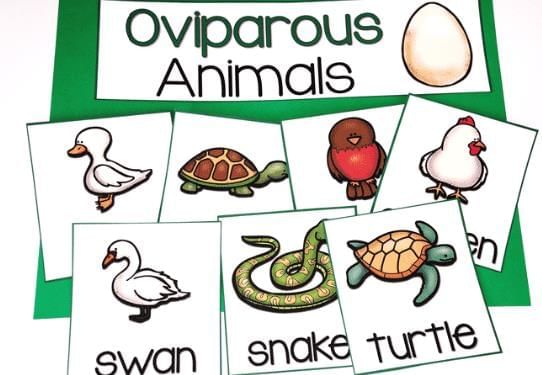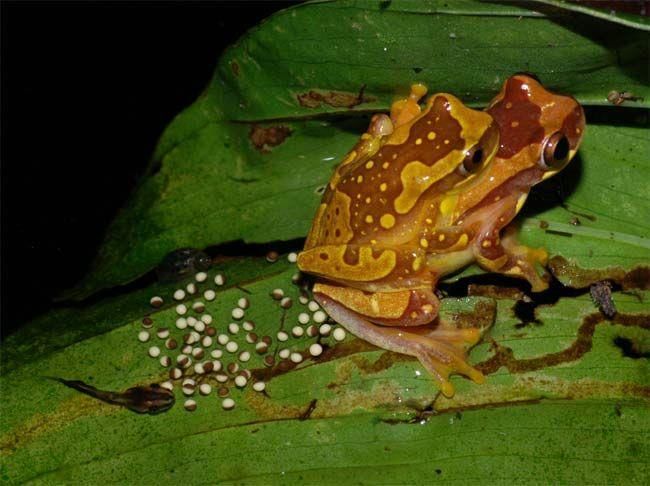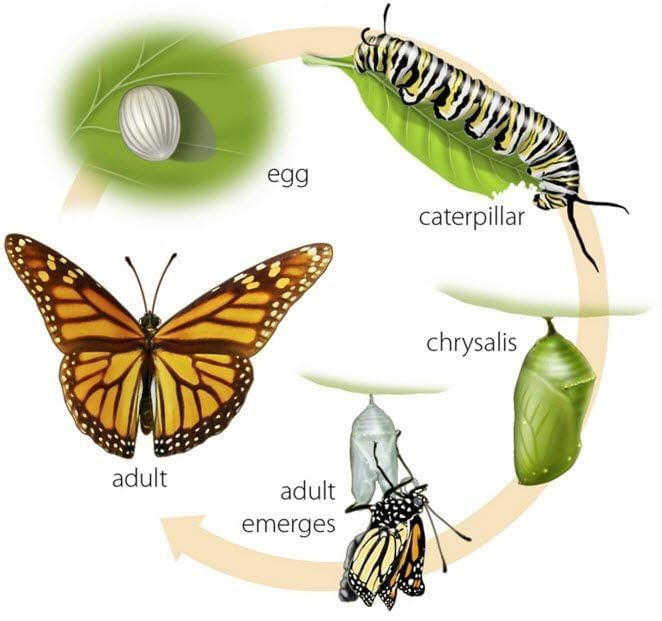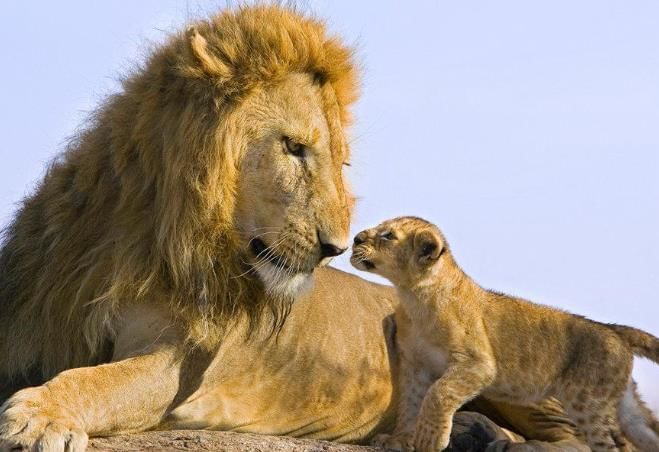Class 4 Exam > Class 4 Tests > Science for Class 4 > Test: Reproduction in Animals- 1 - Class 4 MCQ
Test: Reproduction in Animals- 1 - Class 4 MCQ
Test Description
10 Questions MCQ Test Science for Class 4 - Test: Reproduction in Animals- 1
Test: Reproduction in Animals- 1 for Class 4 2025 is part of Science for Class 4 preparation. The Test: Reproduction in Animals- 1 questions and answers have been
prepared according to the Class 4 exam syllabus.The Test: Reproduction in Animals- 1 MCQs are made for Class 4 2025 Exam. Find important
definitions, questions, notes, meanings, examples, exercises, MCQs and online tests for Test: Reproduction in Animals- 1 below.
Solutions of Test: Reproduction in Animals- 1 questions in English are available as part of our Science for Class 4 for Class 4 & Test: Reproduction in Animals- 1 solutions in
Hindi for Science for Class 4 course. Download more important topics, notes, lectures and mock
test series for Class 4 Exam by signing up for free. Attempt Test: Reproduction in Animals- 1 | 10 questions in 15 minutes | Mock test for Class 4 preparation | Free important questions MCQ to study Science for Class 4 for Class 4 Exam | Download free PDF with solutions
Test: Reproduction in Animals- 1 - Question 1
What is the part of an egg that is made of calcium carbonate and has tiny pores for air and moisture to pass through for the baby bird? 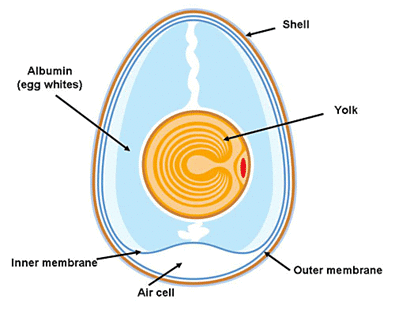
Detailed Solution for Test: Reproduction in Animals- 1 - Question 1
Test: Reproduction in Animals- 1 - Question 2
State whether the following statement is True or False:
The animals which give birth to their young ones through eggs are called viviparous animals.
Detailed Solution for Test: Reproduction in Animals- 1 - Question 2
Test: Reproduction in Animals- 1 - Question 3
State whether the following statement is True or False:
A frog lays its eggs on land.
Detailed Solution for Test: Reproduction in Animals- 1 - Question 3
Detailed Solution for Test: Reproduction in Animals- 1 - Question 4
Test: Reproduction in Animals- 1 - Question 5
Where do aquatic animals like fish and frogs lay their eggs?
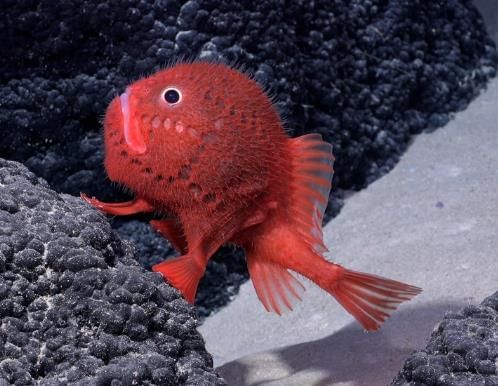
Detailed Solution for Test: Reproduction in Animals- 1 - Question 5
Detailed Solution for Test: Reproduction in Animals- 1 - Question 6
Test: Reproduction in Animals- 1 - Question 7
Birds such as hen, pigeon, sparrow, crow, parrot, duck, and ostrich lay their young in hard-shelled _____ which hatch after some time.
Detailed Solution for Test: Reproduction in Animals- 1 - Question 7
Test: Reproduction in Animals- 1 - Question 8
State whether the following statement is True or False: Cockroaches pass through four stages in their life cycle.
Detailed Solution for Test: Reproduction in Animals- 1 - Question 8
Detailed Solution for Test: Reproduction in Animals- 1 - Question 9
Detailed Solution for Test: Reproduction in Animals- 1 - Question 10
|
50 videos|90 docs|28 tests
|
Information about Test: Reproduction in Animals- 1 Page
In this test you can find the Exam questions for Test: Reproduction in Animals- 1 solved & explained in the simplest way possible.
Besides giving Questions and answers for Test: Reproduction in Animals- 1, EduRev gives you an ample number of Online tests for practice


